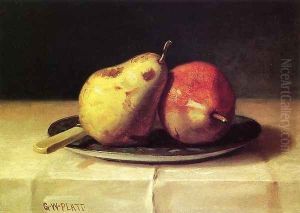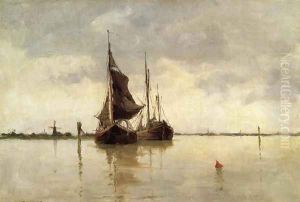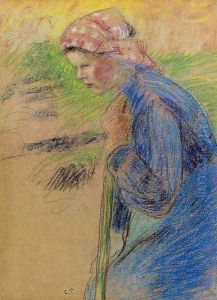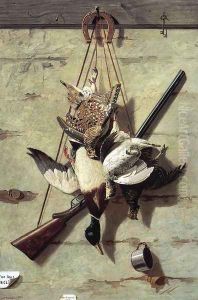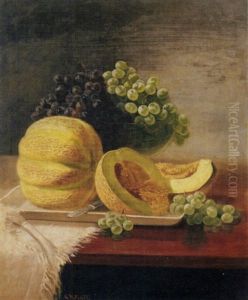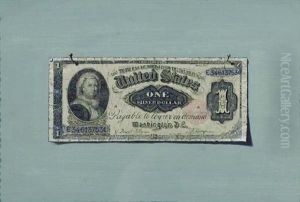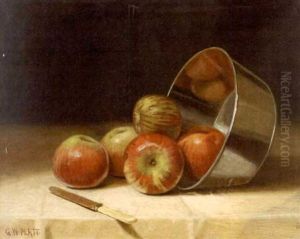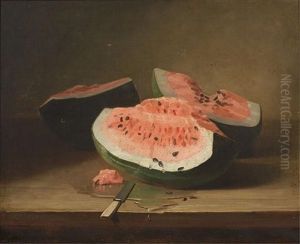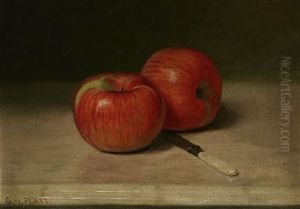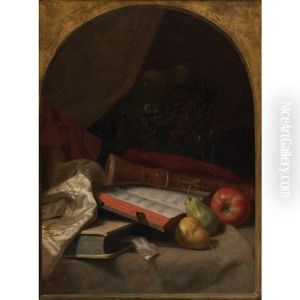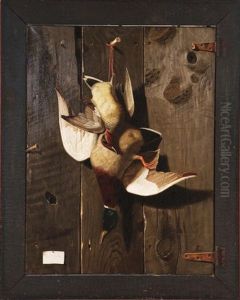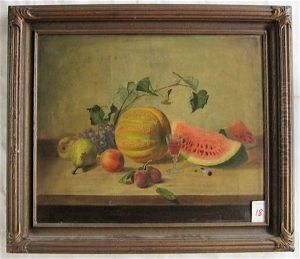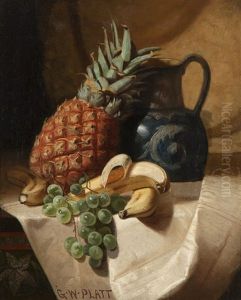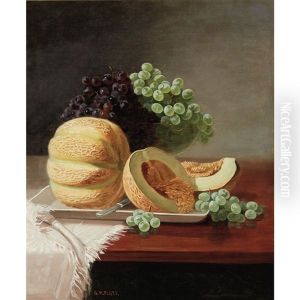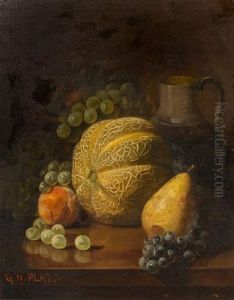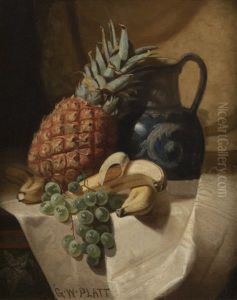George W. Platt Paintings
George W. Platt was an American artist known for his contributions to illustration and painting in the late 19th and early 20th centuries. Born in 1869, Platt grew up during a time when the United States was undergoing significant social and industrial changes. His interest in art began at an early age, and he pursued his passion with a dedication that would see him become a recognized name in the American art scene.
Platt studied at the Pennsylvania Academy of the Fine Arts in Philadelphia, which was one of the leading art institutions in the country at the time. His education there provided him with a strong foundation in the techniques of fine art and illustration. He was influenced by the academic traditions of the time, but like many artists of his generation, Platt was also exposed to the transformative movements of Impressionism and post-Impressionism that were making their way across the Atlantic.
Throughout his career, George W. Platt worked as an illustrator for various publications, contributing drawings and paintings that captured the spirit and character of American life. His illustrations appeared in popular magazines of the day, helping to define the visual culture of the era. Platt's drawings and paintings often featured scenes of everyday life, landscapes, and portraits, rendered with an attention to light and detail that revealed his academic training and his sensitivity to the changing moods of American society.
In addition to his work as an illustrator, Platt was an accomplished painter. He exhibited his work at various institutions, including the Pennsylvania Academy of the Fine Arts, and was recognized by his peers for his artistic skill. His paintings are characterized by a realistic approach, with a subtle use of color and a focus on capturing the essence of his subjects.
George W. Platt passed away in 1934, leaving behind a body of work that contributes to our understanding of American art in the transition from the 19th to the 20th century. His legacy is preserved through his paintings and illustrations, which continue to be studied and appreciated for their historical value and artistic merit.
